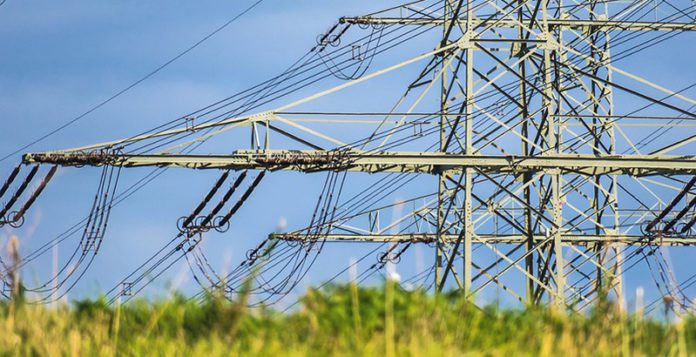Ghana’s electricity consumption is on a steady rise, reflecting growing national energy needs driven by population growth, industrial activity, and expanding access to power.
According to the Ghana Energy Outlook Report 2025, total electricity consumption as of November 2024 reached 22,410 GWh, marking a 4.6% increase over the same period in 2023. By the end of 2024, total consumption is projected to reach 24,688 GWh, up 4.8% from the 2023 total of 23,551 GWh.
For 2025, the report estimates electricity consumption to reach 25,836 GWh, representing a 4.7% increase over the 2024 forecast. The projection falls within a 95% confidence interval, with a lower estimate of 23,275 GWh and an upper estimate of 28,382 GWh.
“This consistent growth in demand highlights the need for long-term investment in power infrastructure, system efficiency, and load forecasting,” the report noted.
The Electricity Company of Ghana (ECG) and the Northern Electricity Distribution Company (NEDCo) remain the primary electricity distributors in the country.
As of November 2024, ECG had consumed 15,026 GWh, while NEDCo recorded 1,938 GWh — representing increases of 7.0% and 9.4%, respectively, compared to the same period in 2023.
By year-end, ECG’s total consumption is expected to rise to 16,573 GWh, while NEDCo’s is projected at 2,131 GWh, reflecting year-on-year growth of 7.2% and 10.6%, respectively.
In 2025, ECG is forecast to consume 17,561 GWh, accounting for 68.0% of the country’s total projected electricity demand. NEDCo’s share is expected to reach 8.5%.
Other key electricity consumers in 2025 include:
- Exports to Togo/Benin, Côte d’Ivoire, and SONABEL: 7.6%
- Mining sector: 5.7% of total projected demand.
Transmission losses representing power lost between generation and distribution stood at 3.9% (874 GWh) as of November 2024, unchanged from 2023. These losses are expected to reach 915 GWh by the end of 2024 and slightly increase to 955 GWh in 2025, maintaining the same 3.9% share of total electricity transmitted.
“Maintaining transmission losses under 4% is commendable but will require continued investment in grid infrastructure to keep up with demand growth,” the report stated.
The steady rise in electricity demand underscores the need for expanded generation capacity, modernized grid systems, and diversification of energy sources. The report emphasizes the importance of planning that anticipates urban growth, strengthens rural electrification, and integrates clean energy technologies.
With ECG and NEDCo carrying the bulk of national consumption, there is increasing pressure on both distributors to enhance delivery, reduce losses, and respond to shifting demand patterns across the country.
The report calls for evidence-based policy, targeted infrastructure investment, and improved forecasting to ensure that Ghana’s energy sector remains reliable, resilient, and ready to power future growth.
Source: Winston Tackie
ALSO READ:


